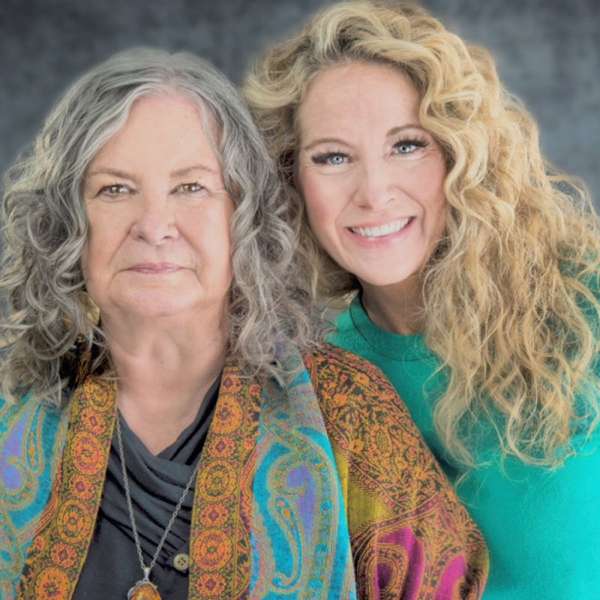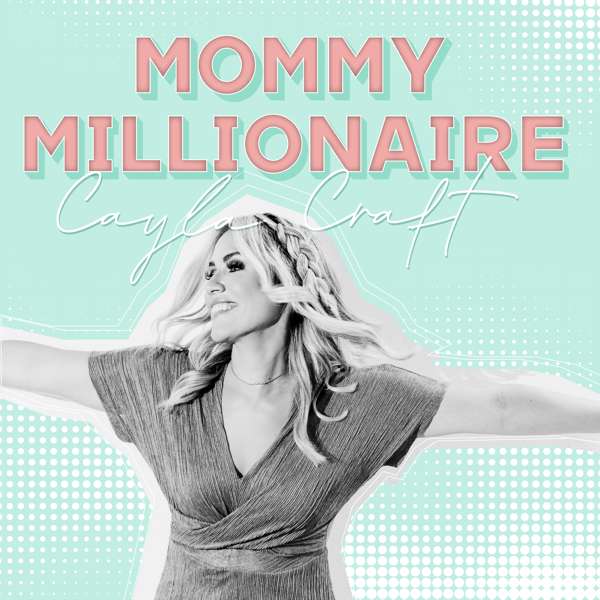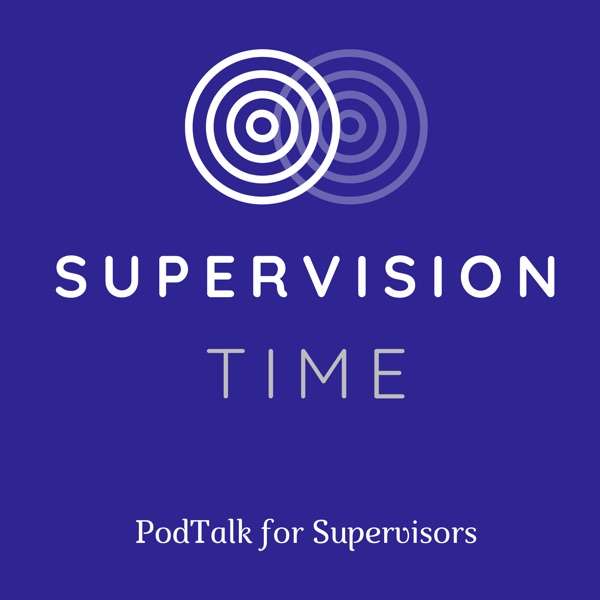Cognitive FX can help your long term concussion sufferers get back to normal daily function. Imagine 8 hours per day for 2 weeks focused on restoring your cognitive function.
Explain what Cognitive FX is.
Functional MRI FMRI - use the same scanner, the process is different, and the information is different
Located in Utah
Athletic trainers are integral and 1/15 of the treatment team, a large, multidisciplinary, interconnected team
Intense approach to therapy, rather than 1 or 2 appointments, it is an 8-hour appointment for 2 weeks, patients come from all over the world
What role does the Athletic Trainer play in CognitiveFX?
At least 3 ATs on staff.
Athletic Trainers have not been easy to find.
We have gone to the NATA and other conferences.
We need them.
CognitiveFX will train the ATs to understand functional MRI and how the brain is connected to the body.
Cranial nerves and integration.
Use a lot of AT tools with the body mechanism
See patients between 18-40 and they do lots of sports, ex. Skiing, sports, slipping, and falling on ice.
They do a lot of specialized training, which is connecting the brain to the body
What are you looking for in an Athletic Trainer?
Looking for someone that is willing to learn, some right out of school and some 20+ years, someone that is always curious and eager to learn, don’t know everything about the brain, cognitive fx is an exciting science, booking for curious and trainable, not focused on experience.
Every concussion is not the same
What are the statute of limitations…can we “fix” a 4-year-old cognitive deficit from a sports concussion?
every one knows 5 people that have had concussions and have lingering symptoms, they are not the same but they look normal so they get ignored, no statute of limitations, have pts from 3 months to 3 decades after injury and still see improvement, younger and closer the better, still have seen huge improvements even decades later
I appreciate that the pricing is listed on the website. How often do insurances cover some of the treatments afterwards?
Insurance reimbursement is different based on insurance companies, on average, 60-80% coverage depending on your insurance plan. The therphies are ones that people can get everywhere, so no problem with insurance.
The scans are when insurance gets iffy, the companies don't understand why we need 4 scans:
2 Brain FMRI and 2 Neck FMRI
Typically, insurance companies don't cover all of the MRI exams, the therapies do get covered
The costs are because so much attention is given to the patient for 8 hours a day.
24,700 price for two weeks
13,000 for one week
Athletic Trainers stay a long time
Insurance isn't timing the therapists, so they can do what they want at the clinic.
They can alter plans without having to do insurance approval.
The first clinic was in paternship with Tom Brady and his best friend who is a Trainer, opened TB12 in Foxburrough., treat a lot of professional athletes, everyone gets concussions and they worked with the best of the best athletes, some people seem superhuman because they heal so differently, wants everyone to feel that their brain can change if given the special attention
EPIC treatment: is it like a camp where patients stay overnight?
Clinic is in utah, people from all over the world, 3 pts from netherlands, 2 from canada, rest from US all over, 2 from utah, 15 pts this week, they are there for 2 solid weeks back to back, this scan is different, using a regular MRI but lying down and doing neuro psy tasks, not looking at structures instead having them do tasks, FMRI picks up changing happening in the brain, that is when they see some parts of the brain are not working well and some are componstating for other parts
Each scan looks different, looking at how the brain metabolizes oxygen, intense program built around the patient
MD neuro neuro radiologist phd neuro scientist, neuromuscular therapist, pts, ats, neuorintergation therphist, ots, vision, cognitive, etc.
Each patient for 8 hours a day gets one on one session with each speciality, it is crazy to do all this but they support the energy levels and give them the resources to help them
Partnership with Marriott hotel that is close to clinic, even during COVID patients are still coming, nice Marriott that shuttles to clinic, and some people find their own housing, try to make it easy for the patients
2.3. EPIC Treatment
In addition to standardized test administration, normative-based assessment, and individual, image-guided measurements, our EPIC treatment exploits the latest knowledge of NVC and its role in PCS by integrating three fundamental rehabilitation facets for each patient: Prepare, Activate, Rest. Specific therapeutic activities included in each of these three phases of EPIC treatment are the product of research, clinical experience, screening, and empirical testing [29 - 34]. EPIC therapy implements a cyclical pattern of treatment where patients are rotated through therapies and activities that promote cognitive and physical rehabilitation from concussions. The preparatory stage of therapy includes varying degrees of aerobic exercise and neuromuscular therapy, based on patient capacity, to enhance cerebral blood flow in anticipation of cognitive therapy while also encouraging neurosensory rehabilitation [32, 33]. This phase of therapy lasts 50 minutes in duration and is followed by the activation portion of EPIC. We implement traditional cognitive and occupational therapy techniques for a subsequent 50 minutes of tailored treatment to target specific deficits for each patient. Complex, multistep problem solving, logic puzzles, functional and short-term memory challenges, digital therapeutic games, visual exercises, motor skill retraining, and psychosocial therapy are all implemented in this stage of treatment [30]. Additionally, DynavisionTM is incorporated into therapy as a means of Developing the Standard of Care for Post-Concussion The Open Neuroimaging Journal, 2017, Volume 11 63 treating visuospatial deficits and to enhance multitasking and cognitive processing. A destimulation period of varying duration follows to allow for recovery before another round of therapy will begin [34]. Brainwave entrainment destimulation is used promote neural wave harmonization and reduce cognitive activity [29]. This cycle is repeated for 6-8 hours a day over a typical 4-day treatment period that can be adjusted based upon symptom severity and resolution. These therapeutic approaches address a wide range of cognitive, sensory and physical functions. The key to success, however, is not necessarily the therapies themselves, but the manner in which the therapies are applied (i.e., timing and order). For example, a carefully guided rotation between physical/cardio challenge and cognitive or sensory processing challenge is a central feature in restoring the timed pairing between rCBF and regional neural firing. Our multidisciplinary team was successful in restoring pre-traumatic NVC through the cyclical application of these rehabilitative principles supplied in tandem with the benefit of appropriately timed neurocognitive exercise [35, 36]. A multi-method approach was also employed to avoid overexertion of brain regions with severe NVU. Accordingly, cyclical brain training aimed to strengthen surrounding neural correlate systems, which, in turn, support the more severely uncoupled regions. Sustained therapy over a multi-day period was shown to promote accelerated and longitudinal restoration of pre-traumatic NVC.
Interesting story most recent, 70% are concussions, about 20% are covid long haulers, ptst hat have had a viral infection, 5% are stroke or seziure disorder, quite broad in diagnostic catergories,
Riley Horner: big article on the news that was young with a TBI and 51st dates, kept forgetting, brought her into the clinic for 2 solid weeks, not 100% fixed, but significant improvements, came back again a few years later from teenager to older, saw huge improvements, reached out just in last month now in early 20s, she just graduated from nursing school, moms thanks for getting daughter back, now a nurse and wants to help others improve, watch inside edition improve, this is why she does what she does
Complementary consultations for anyone
Contact Us
Dr. Alina Fong - alina@cognitvefx@usa.com
Jeremy Jackson - @MrJeremyJackson
Ben Stephenson -

 Our TOPPODCAST Picks
Our TOPPODCAST Picks  Stay Connected
Stay Connected







